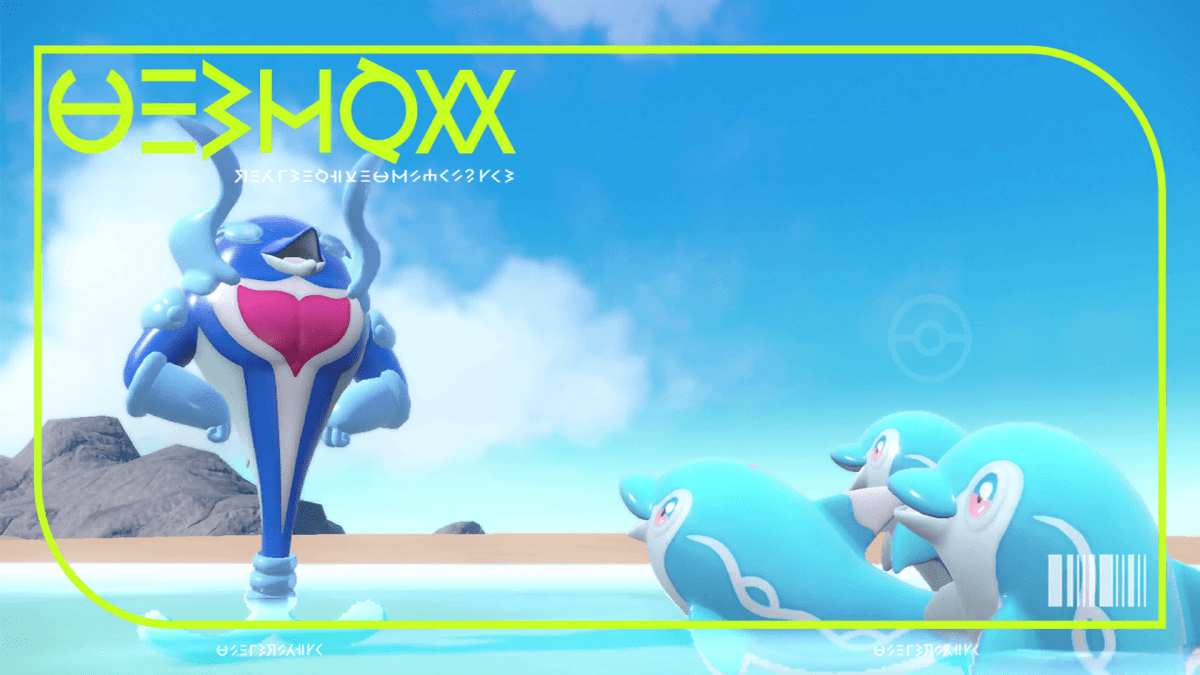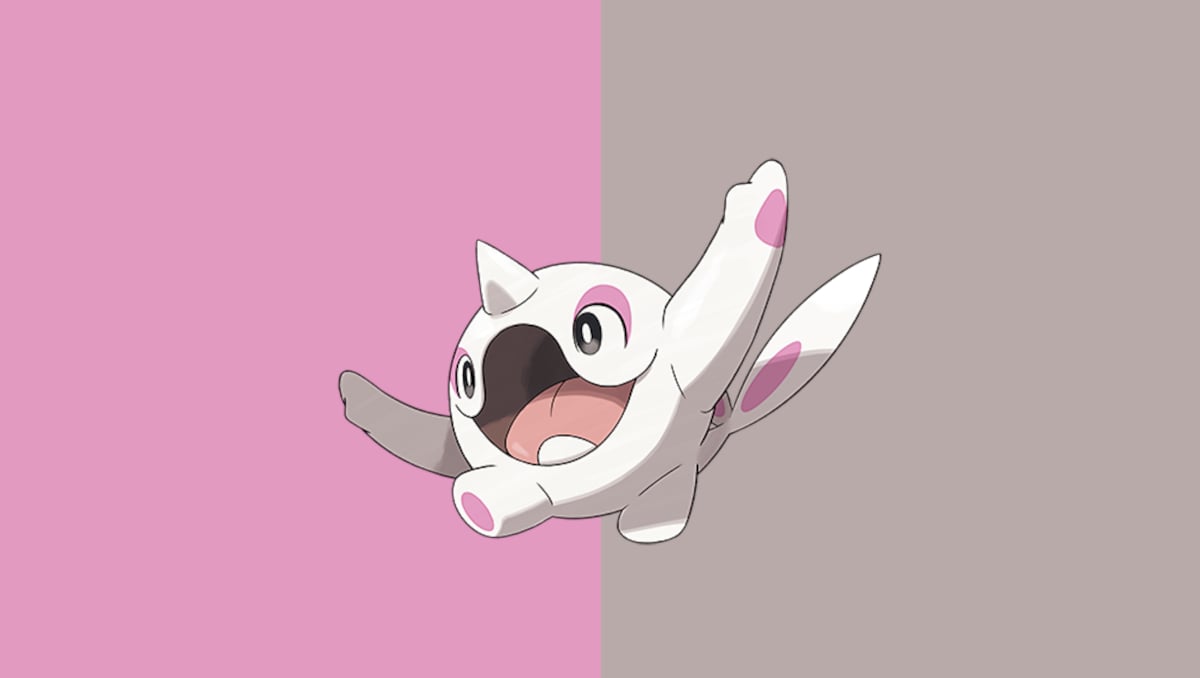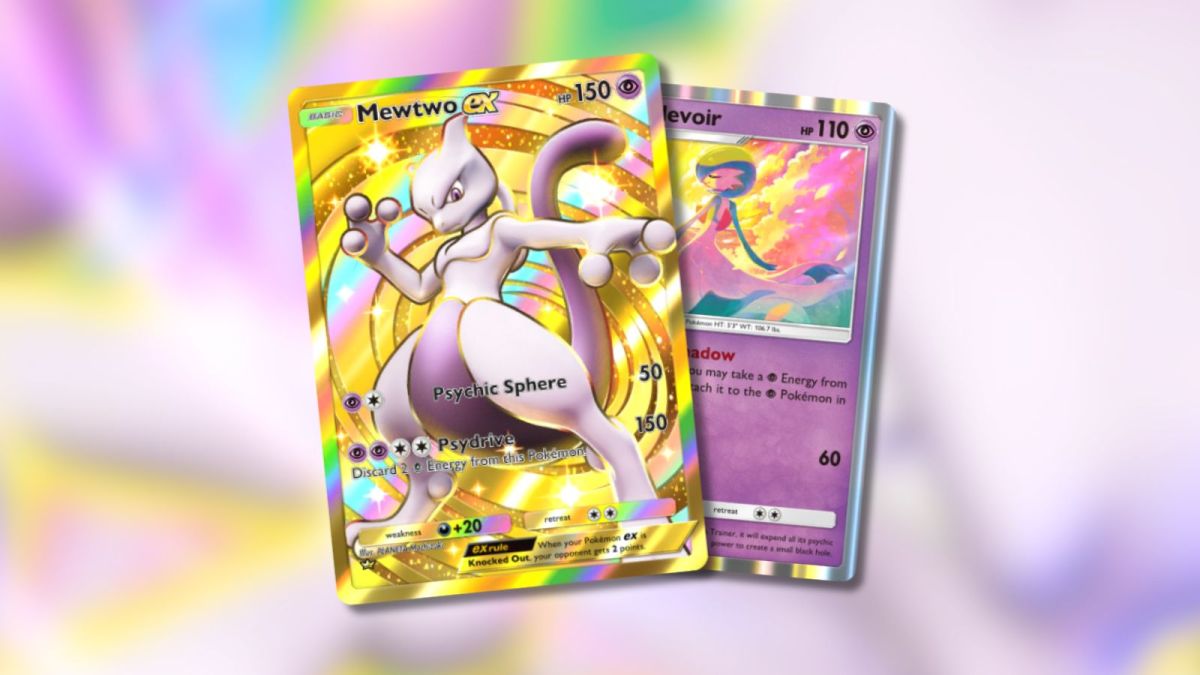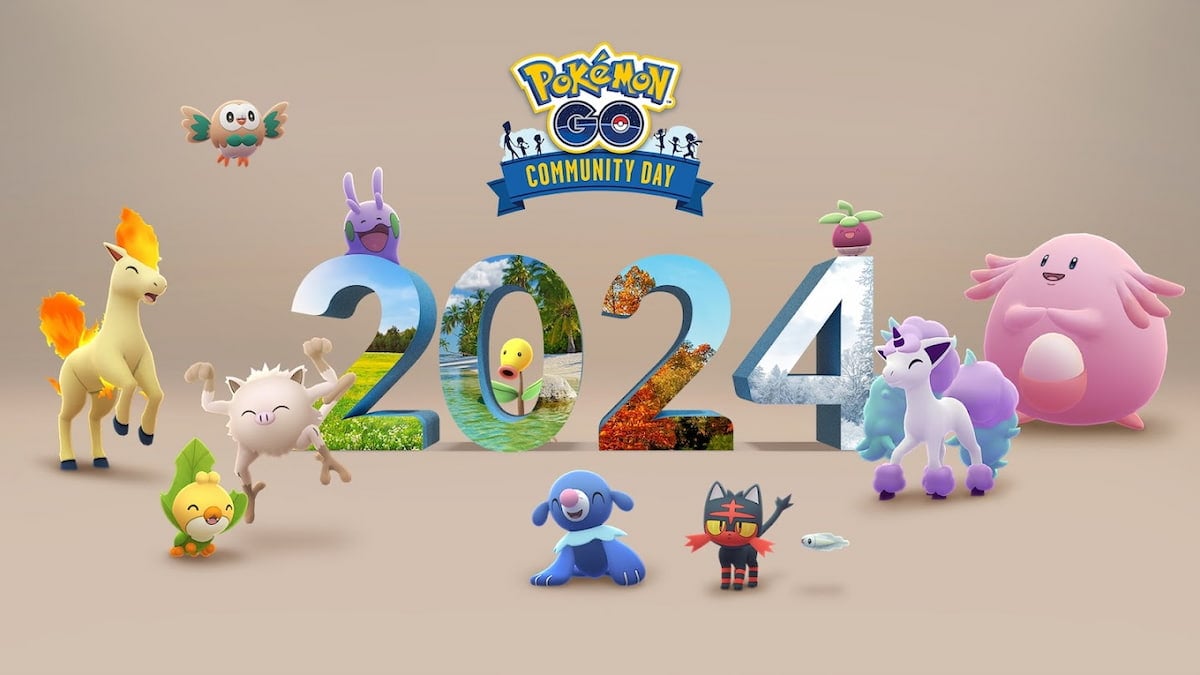In a surprising twist of events, teams based around the Rain weather condition seemed to be the most popular archetype to be causing havoc in the Liverpool Regional that took place over the past weekend, with 10 players who were running Rain teams reaching the top cut.
It’s been just over two months since Pokémon Scarlet and Violet have been out and even lesser time since Series One VGC began, and the meta has been constantly evolving since then.
Going into Generation IX, Water-types—and by extension, Rain teams—had taken a big hit to their viability due to the move Scald being taken away from every Pokémon in the game other than Volcanion. This took away Special Attacking Water-type Pokémon’s most reliable way of dealing consistent damage, and the next best option these critters were left with was Hydro Pump.
Hydro Pump is strong—even stronger than Scald—but its shoddy accuracy makes it unreliable to run. No one wants to have a near anxiety attack each time they click a move, praying that it connects and doesn’t cost them the entire match. On top of this, Scald also had a 30 percent chance to burn the foe, letting Water-type Pokémon have a good chance to cripple Physical Attackers each time they clicked their primary Water move.
Due to these reasons, the competitive VGC community deemed the Rain team archetype as close to dead as it has ever been, especially since a large portion of the premier Rain sweepers were Special Attackers.
Fast forward to Jan. 21, however, and you will notice that a Rain team composition was actually the most popular composition in the whole tournament, appearing 22 times as compared to the second most popular team composition which appeared 15 times throughout the Regional, whose info was made available via the Liverpool Stats section of a meticulously crafted document compiled by the wonderful people over at @VGCPastes on Twitter.
This dominant team composition comprised of the following Pokémon:
- Palafin
- Pelipper
- Amoonguss
- Gholdengo
- Kingambit
- Salamence
First thing’s first, we gotta give credit where credit’s due: this team composition was first built and popularized by the North American VGC talent Jeudy Azzarelli who managed to finish third place in the San Diego Regional that took place earlier this month with this very same team.
So what makes this team so special, and how does it overcome the challenges that we’ve discussed earlier? Well, a lot of the foreseen problems that Rain would be having are mostly taken care of by one Pokémon on the team composition: Palafin.
It is clear that the Special Attacking Rain sweepers took a large hit in viability due to the removal of Scald, and prior to Generation IX, there were extremely few Physical Rain sweepers that were worth using on a Rain team. Enter Palafin, the hero that Rain players didn’t deserve, but needed.
Palafin-Zero form is really nothing special, but the reason players use this dolphin is for Palafin’s Hero Form, which is activated through its signature ability Zero to Hero. After Palafin-Zero form hits the field and switches back out, the next time it enters the field, it will enter as its transformed Palafin-Hero form through a superhero-esque process.
In this form, Palafin gain nearly 200 more base stat points over its Zero form, rivaling cover Legendaries in terms of overall strength with a devastating Attack stat of 160 coupled with great bulk and Speed as well.
Palafin also possesses its signature move Jet Punch, a 60 BP Water-type move that always goes first regardless of Speed tiers due to being a priority move.
Remember how we talked about Special Attacking Rain sweepers making Rain teams less viable now? Well, if you now have a phenomenal Physical Attacking Rain sweeper, guess that problem just doesn’t exist anymore, huh?
The combination of Palafin-Hero’s gargantuan Attack stat in conjunction with a stronger-than-average priority Water move like Jet Punch which further gets boosted in damage due to the Rain makes Palafin a very deadly late-game sweeper to deal with.
If you can, however, afford to not click a priority move and need something deleted off the opponent’s side of the field for good, Palafin also gets access to Wave Crash, a 120 BP Water-type move that has 33 percent recoil as well, but the damage dealt to yourself is worth it when you can OHKO frail Water-resistant Pokémon and bulky Water-neutral Pokémon too.
Let’s not forget that you can further boost Palafin’s damage output through items, the most common ones being Mystic Water and Choice Band. The only thing that can immediately put a dent into Palafin’s raw damage is Intimidate, but the ability has fallen off just a bit in the recent Series One meta, so Palafin has one less thing to worry about.
Another neat tech move that Palafin gets which most players that ran Palafin decided to use was the move Haze. As we know, Dondozo and Tatsugiri are an incredibly threatening duo—so much so that they won the whole Regional—that need to be thought of when building your teams, so having multiple answers into them is almost a must.
Since the duo relies on stat boosts for the strategy to flourish so they can overpower teams, Haze is a very valuable and rare move that not a lot of Pokémon get that counters DondoGiri well, clearing any stat changes on Pokémon present on the battlefield. Making Palafin not only an offensive sweeper but also a ‘mon with valuable utility.
Next, we need to take a look at the centerpiece of any Rain team: its Rain weather setter, which in this case, is Pelipper.
When the new games were released and players found out that Politoed wasn’t in the game, which that their only choice for a Rain-setter was Pelipper, they were a little bummed since Politoed is generally the preferred Rain-setter among the two. But after being forced to run Pelipper for Rain teams, players began to realize that this bird might just be the exact anti-meta tool that they needed to take Rain one step higher.
Unlike Politoed, Pelipper gets access to the moves Tailwind and Wide Guard, the former being a VGC staple for consistent Speed control on the majority of teams, while the latter has now turned into a staple Pelipper move due to how rampant spread moves seem to be in the metagame right now (thanks, Gholdengo).
Pelipper also has access to the move Hurricane, a strong Flying-type move with perfect accuracy in the rain that hits a lot of meta threats for super-effective damage, such as Amoonguss and Annihilape.
The rest of the team is filled out with Amoonguss, Gholdengo, Kingambit, and Salamence. The first three Pokémon all benefit from the Rain weather condition, as they have one thing in common: their Fire weakness. And what does Rain do? It cuts the damage of Fire-type moves in half, essentially turning Fire moves into neutral hits against these three Pokémon.
Apart from this, each of the three Pokémon are amazing on their own as well, Amoonguss being a bulky disruptive support ‘mon that just refuses to die, ever, while Gholdengo and Kingambit both fulfill the role of bulky sweepers that cover for each others’ weaknesses decently well.
Finally comes Salamence, who fulfills the role of a secondary Tailwind-setter that can also deal massive amounts of damage through Life Orb-boosted Draco Meteors and Hurricanes. Salamence also acts as a Ground-type switch-in, letting it comfortably come into the Ground moves aimed at Gholdengo and Kingambit and take no damage due to it being a part-Flying-type Pokémon.
It also possesses one of the best abilities in VGC, Intimidate, so there’s that too.
Clearly, the public figured out that Jeudy cracked the code to a strong Rain composition that worked well as an anti-meta choice, and began running the team themselves, with their own changes and variations.
Some variations were more drastic than others though, where players replaced whole Pokémon rather than just moves, items, Tera types, and the like.
The most common variations of Jeudy’s Rain team composition replaced Amoonguss for Meowscarada and Salamence for Dragonite. This team variation worked so well for VGC pro Kurt Wonka that not only did he top cut the Liverpool Regional, but he also managed to secure a fifth-place finish.
Kurt and other players that made this adaptation probably realized that the support from Amoonguss and Salamence was not the only way to play this Rain core, and went for more offensive options, which did pay off in the long run.
While Jeudy’s Pelipper-Palafin Rain team was the most popular team composition in the whole tournament, the individual Pokémon weren’t at the very top of the usage rates.
Pelipper came in as the seventh most popular Pokémon in the whole tournament, seen 97 times across all the 487 teams with a usage rate of 19.92 percent, while Palafin was the 11th most popular Pokémon in the tournament, seen 79 times across all teams with a usage rate of 19.92 percent.
The top places were reserved for Gholdengo who came in first, seen 238 times with a usage rate of 48.87 percent, and Meowscarada who came in second, seen 233 times with a usage rate of 47.84 percent.
Amoonguss did come in third though, seen 179 times with a usage rate of 36.76 percent, but that’s just because this sussy baka is the GOAT.






Published: Jan 24, 2023 08:47 am